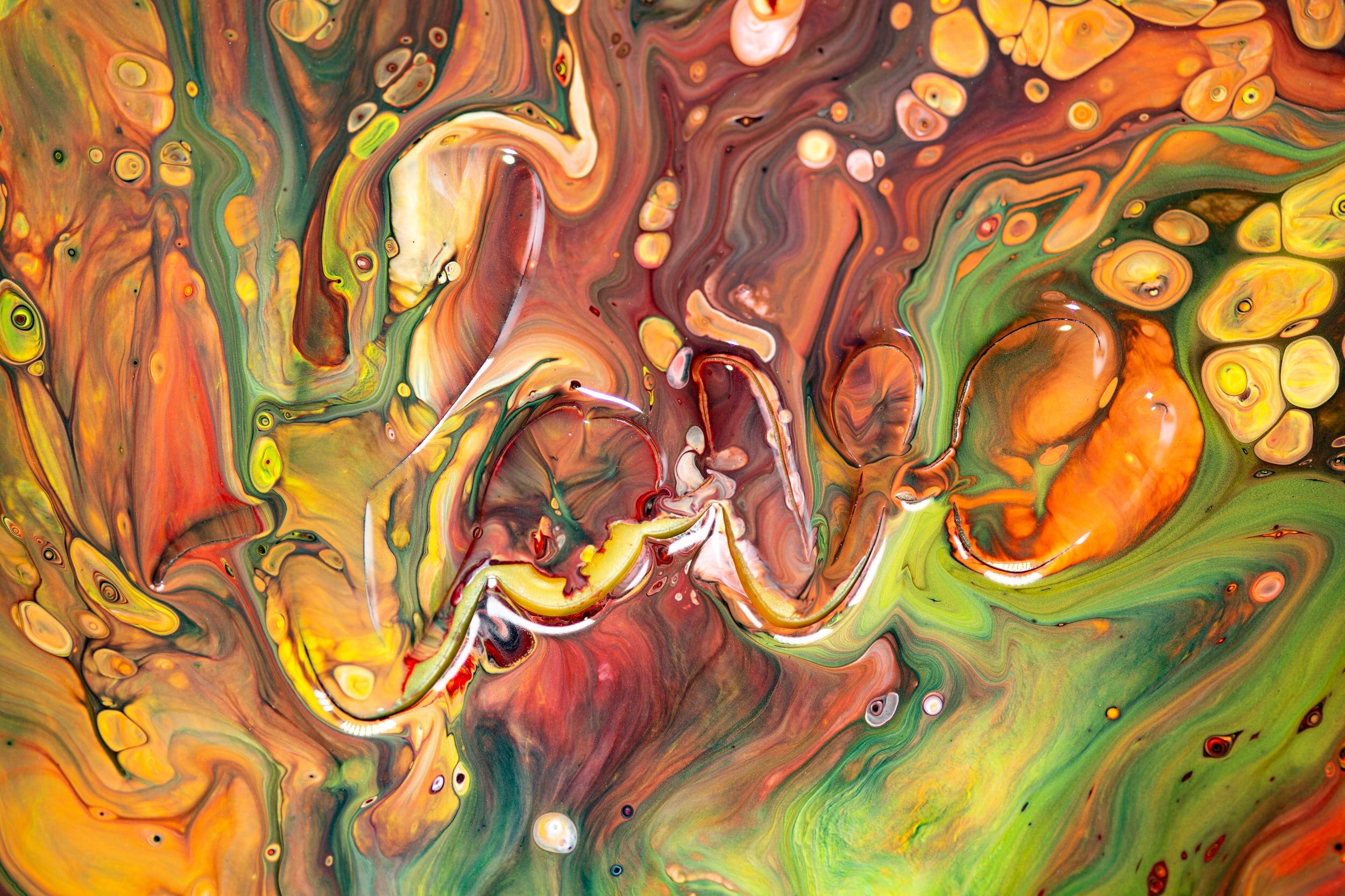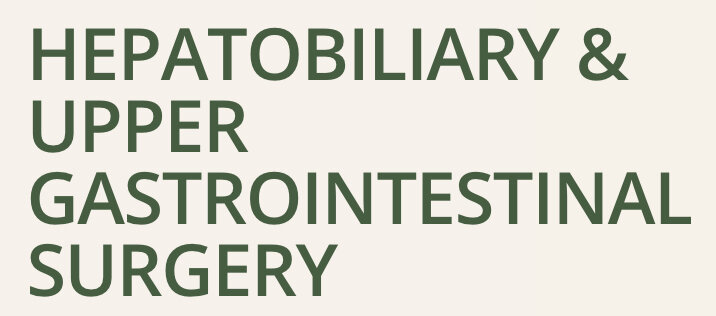Optimization of dose and timing of indocyanine green in laparoscopic cholecystectomies
This study aims to evaluate the optimal timing and dosage of indocyanine green (ICG) dye to enhance intraoperative visualization of the gallbladder and surrounding structures during keyhole (laparoscopic) gallbladder removal surgery.
ICG is approved by the Australian Therapeutic Goods Administration (TGA) for use as an imaging agent. It allows surgeons to visualize the extrahepatic biliary anatomy in patients undergoing laparoscopic cholecystectomy, in real time, without the need for complex imaging equipment. While ICG has been used in similar settings, the most effective timing and dosing to achieve optimal imaging remain unclear.
This randomised controlled trial will compare different combinations of ICG doses and timing of administration to identify the most effective approach, with the goal of improving surgical safety and outcomes.
Aim:
- Primary Aim: To determine the optimal timing (within 30 - 60 min vs more than 120 min) and dose (1.25mg vs 2.5mg) for administering indocyanine green for optimal visualization of the extrahepatic biliary anatomy in patients undergoing laparoscopic cholecystectomy as a day case.
Secondary Aim: To determine the practicability and assessment in use of NIFR-ICG from the surgeons’ and anesthetists’ perspective.

Status: Active
Site: St Vincent’s Hospital Melbourne
Ethics: 282/24
Clinical Trial Registration Ref: 109882
Principal Investigator: Mr Brett Knowles
Eligibility
Inclusion
Adults ≥18 years of age
Requiring laparoscopic cholecystectomy for benign gall bladder condition
Ability to understand English
Able to give informed consent
Exclusion
Below the age of 18 years old
Pregnant/lactating females
After hours laparoscopic cholecystectomy
Liver and renal derangement
Previous adverse reaction to ICG or iodinated contrast
Patients with hyperthyroidism
First patient on the AM theatre list
Outcome Measures
Primary outcome
To determine the optimal timing (30–60 minutes vs. more than 120 minutes) and dose (1.25 mg vs. 2.5 mg) of indocyanine green (ICG) administration for the best visualization of extrahepatic biliary anatomy during laparoscopic cholecystectomy.
Secondary outcomes
To determine the biliary identification time when using ICG in laparoscopic cholecystectomies. Time will be determined by a stopwatch and wall clock.
To determine the cost effectiveness of ICG use in laparoscopic cholecystectomies. Data on resource and hospital costs will be extracted from the cost and revenue data explorers provided by the hospital.
